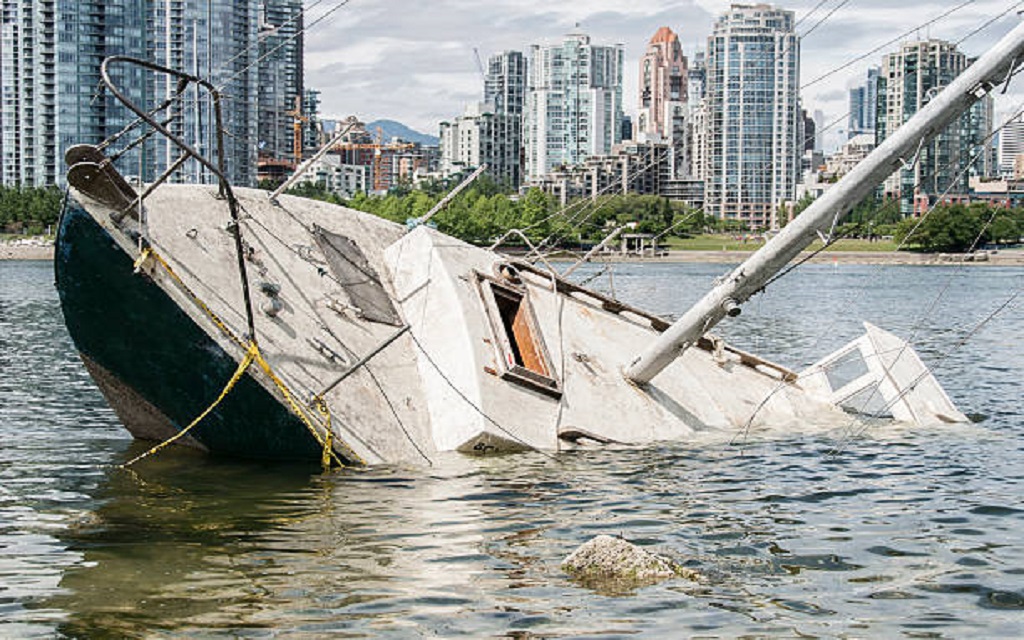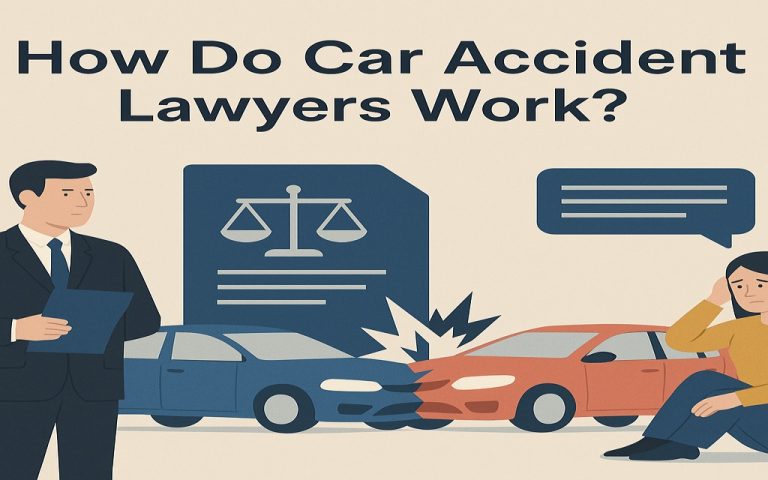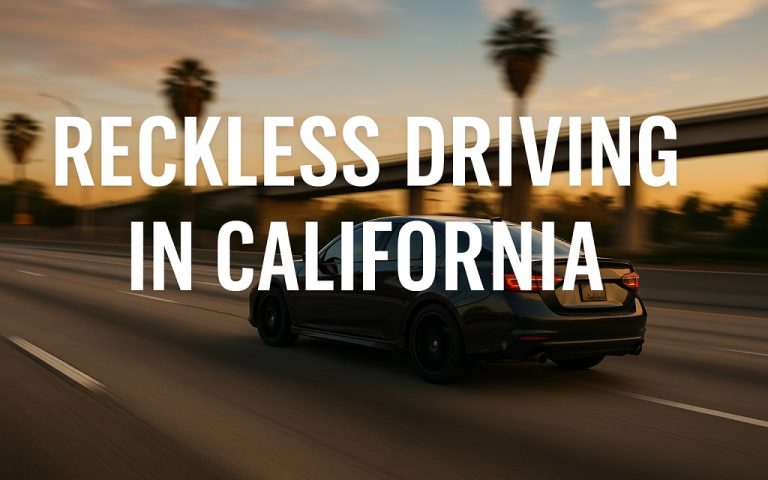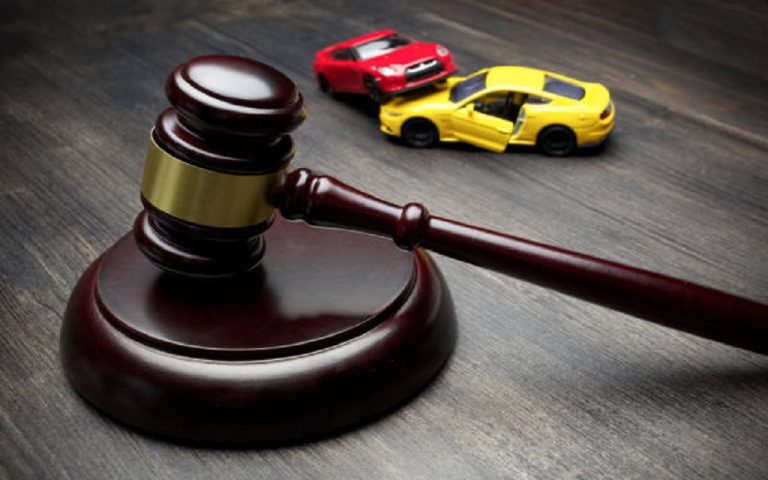A calm sea can turn dangerous in seconds. Accidents often strike without warning. Panic grows when a clear direction is missing. The first thing you do in a boating accident determines survival and safety. Immediate, deliberate actions control damage and prevent greater loss. Correct steps protect passengers, property, and legal standing. Every decision after impact shapes the outcome. Quick thinking ensures compliance with U.S. Coast Guard standards. Each moment carries responsibility for safety and order. This guide explains essential measures after a marine collision. The content focuses on safety, documentation, reporting, and recovery. Every section provides direct, practical advice for emergency readiness. Preparation transforms confusion into control when danger arises unexpectedly.
Focus on Immediate Safety
Safety remains the first concern after an accident. Fire, flooding, or collision damage requires instant evaluation. Life jackets must be distributed to all persons on board. Flotation aids help those already in the water. Calm leadership prevents panic among passengers. Clear instructions maintain cooperation and stability. Remaining in one area supports organization and visibility. Quick assessment of surroundings limits further injury. Secure unstable equipment to stop shifting hazards. Strong direction establishes order during the first critical minutes.
Check All Persons for Injuries
A rapid injury check follows the safety assessment. Everyone should be examined for visible wounds or signs of distress. Bleeding requires applying pressure with clean material or a first-aid kit. Major trauma needs immediate medical attention. Those with suspected spinal harm must remain still. Movement can increase internal or neck damage. Comfort and reassurance stabilize emotional reactions. Accurate observation assists responders during evacuation. Early treatment reduces long-term medical complications. Fast evaluation saves lives before rescue arrives.
Contact Emergency Responders or the U.S. Coast Guard
Emergency contact must occur without delay. A mobile phone or marine radio provides the fastest link. The U.S. Coast Guard can be reached on VHF Channel 16. Clear information aids prompt assistance. State vessel name, registration number, and exact location. Describe the type of emergency in simple terms. Please include the number of people aboard and their condition. Maintain contact until instructions are complete. Constant communication avoids confusion during rescue efforts. Early alerts accelerate response from nearby units.
Prevent Further Hazard or Damage
Contain new threats immediately after communication. Anchoring halts dangerous drift in strong currents. Engines must be switched off to prevent ignition. Electrical systems require a shutdown to reduce the risk of sparking. Fuel areas need close inspection for leaks. Any smell of gas demands immediate evacuation. Signaling devices like horns or lights warn approaching vessels. Visibility assists rescuers approaching from a distance. Organized prevention minimizes potential secondary accidents. Timely control ensures environmental and personal protection.
Account for All Occupants
An accurate headcount verifies passenger safety. Each individual must respond when called. Silence may indicate injury or overboard status. Missing persons require instant action from the remaining crew. Life rings or cushions should be thrown toward visible survivors. Whistles and lights mark the last known position. Visual contact guides search operations efficiently. Coordination supports rescue teams upon arrival. Steady leadership keeps morale and attention focused. Precise tracking avoids tragic oversights in chaotic moments.
Record and Preserve Evidence
Documentation begins once safety stabilizes. Photographs capture damage, debris, and weather conditions. Written notes describe timing, sequence, and positions. Witness accounts add context to factual records. Names and contact details preserve accountability. Images of visible injuries strengthen insurance verification. Accurate recording reduces future disputes about fault. Evidence effectively supports legal and financial claims. Organized information simplifies cooperation with investigators. Thorough records protect every involved party later.
Exchange Required Information
Communication between involved vessels must remain factual. Contact details, addresses, and insurance data should be shared. Registration numbers identify each participating craft. Calm conversation avoids arguments about responsibility. Emotional reactions increase confusion and hostility. Statements of blame or apology should be avoided entirely. Only verified facts belong in official documentation. Written exchanges prevent memory errors during later review. Professional conduct maintains clarity during legal evaluation. Cooperation ensures smooth handling of subsequent investigations.
File the Mandatory Boating Accident Report
Accidents require official reporting under federal and state laws. Notification must occur through the U.S. Coast Guard or state boating offices. Fatalities, serious injuries, or disappearances trigger immediate filing duties. Damage thresholds vary between jurisdictions.
Examples of State Requirements
Florida requires reports for damage above $2,000.
California mandates reports after $500 in damages or injury.
Texas requires notification within thirty days for equal losses.
Accurate forms prevent penalties and insurance denial. Timely submission confirms legal compliance. Retained copies serve as proof for future proceedings. Delay risks fines or administrative suspension. Proper reporting confirms full adherence to maritime regulations.
Notify the Insurance Provider
The insurance notification should follow immediately after reporting. Carriers require early notice to process claims efficiently. Photos, written statements, and official forms assist verification. Honest descriptions maintain policy integrity and trust. Supporting documents prove eligibility for coverage. Continuous follow-up ensures smooth progress toward resolution. Adjuster communication clarifies coverage limits and payment schedules. Consistent accuracy prevents disputes during assessment. Organized submission accelerates financial recovery and repair scheduling. Proper coordination reduces administrative delays or rejections.
Seek Prompt Medical Examination
Medical evaluation confirms hidden injuries after impact. Doctors identify internal trauma or delayed symptoms. Comprehensive checkups verify passenger safety. Physicians’ reports assist both legal and insurance procedures. Copies of medical findings provide lasting documentation. Physical examination prevents overlooked internal harm. Treatment records ensure accurate compensation calculation. Prompt testing offers peace of mind and physical stability. Continued monitoring detects slow-developing complications. Professional assessment guarantees complete post-accident safety assurance.
Consult a Qualified Boating Accident Attorney
Legal advice safeguards rights under maritime law. Attorneys interpret complex liability standards clearly. Early consultation prevents procedural mistakes or missed deadlines. Lawyers communicate with insurers on behalf of clients. Professional representation strengthens negotiation outcomes. Legal experts assess potential compensation for property and injuries. Independent review protects individuals from unfair blame. Consultation clarifies responsibilities under federal regulations. Timely guidance reduces stress and confusion after incidents. Strategic counsel ensures full compliance with all requirements.
Organize Vessel Recovery Safely
Vessel recovery demands professional assistance only. Certified towing teams handle damaged structures securely. Unauthorized movement increases risk of leaks or collapse. Environmental authorities closely monitor exposure to fuel or oil. Coordination prevents further pollution and penalties. Detailed invoices validate insurance reimbursement later. Salvage documentation supports claim verification processes. Controlled lifting protects engines and internal systems. Safe retrieval completes the emergency response chain. Proper recovery restores order and environmental care simultaneously.
Strengthen Safety Practices After the Incident
Post-incident evaluation improves future performance. Regular maintenance avoids equipment failure on later trips. Safety drills effectively prepare crews for emergencies. Updated gear enhances protection and readiness. Checklists confirm life jackets, radios, and extinguishers remain functional. Instruction before departure establishes clear expectations. Crew awareness prevents repeated mistakes. Routine inspections reduce breakdown risk dramatically. Preventive behavior maintains safer waterways overall. Responsible practice builds confidence on every voyage.
Recognize Liability and Legal Consequences
Understanding liability clarifies post-accident obligations. Negligence through speed, alcohol, or inattention results in penalties. Courts evaluate responsibility based on evidence collected earlier. Accurate documentation supports fair determination of blame. Cooperation with investigators simplifies legal procedures. Noncompliance invites fines and criminal prosecution. Insurance covers losses but not unlawful conduct. Awareness of duty prevents repeated violations. Adherence to rules protects both property and reputation. Responsible navigation sustains public safety standards consistently.
Commit to Accident Prevention
Preventive conduct ensures long-term security on the water. Sobriety during vessel operation remains essential. Observing speed limits reduces collision probability. Weather monitoring predicts unsafe conditions early. Communication plans alert others to travel routes. Pre-departure inspection confirms readiness for emergencies. Regular training improves response time during crises. Responsible decision-making protects passengers and cargo. Consistent discipline builds a strong safety culture aboard. Awareness and caution sustain life during every expedition.
U.S. Boating Safety Data (2024)
The U.S. Coast Guard recorded updated statistics from national waterways. Drowning accounted for seventy-five percent of fatalities. Eighty-six percent lacked proper flotation devices. Alcohol contributed to eighteen percent of total deaths. Equipment checks and the use of restraint devices significantly lower these figures. Regular inspections strengthen overall survival chances. National awareness campaigns encourage compliance and education annually. Safer behavior continues to reduce preventable tragedies nationwide.
State Reporting Rules
| State | Damage Threshold | Deadline |
|---|---|---|
| Florida | $2,000 or injury | 48 hours for injury or death |
| California | $500 or injury | 48 hours for injury, 10 days for damage |
| Texas | $2,000 or injury | 30 days, 10 days if injury or death |
FAQs
What is the first thing you do in a boating accident?
The first action involves securing safety and preventing further harm. Emergency responders must then receive immediate notification.
When must a boating accident be reported?
Reporting becomes mandatory after any death, disappearance, or significant damage exceeding state thresholds.
Can liability exist without direct fault?
Responsibility may arise from indirect negligence or operational oversight, as determined by legal authorities.
Final Thoughts
Preparation defines the quality of responses during crisis events. The first thing you do in a boating accident determines success or failure in survival. Immediate safety actions limit loss and confusion. Accurate reporting maintains legal and insurance compliance. Consistent organization ensures smoother recovery afterward. Calm leadership directs others during uncertainty. Documentation and cooperation support every stage of follow-up. Awareness before departure prevents future tragedies at sea. Responsible behavior protects lives and vessels equally. Effective readiness transforms chaos into structured control under pressure.




